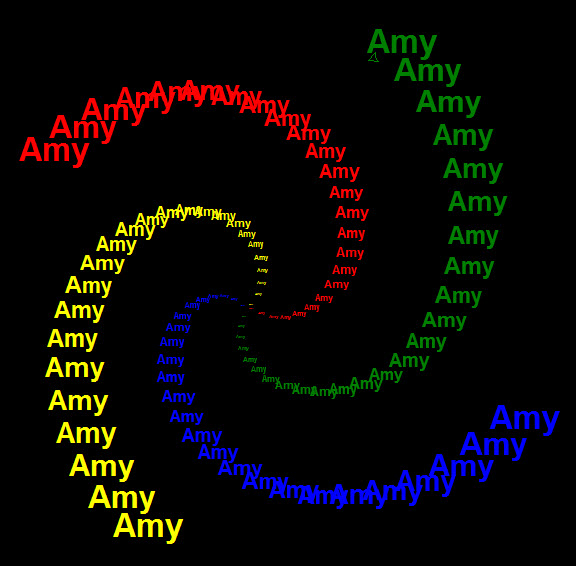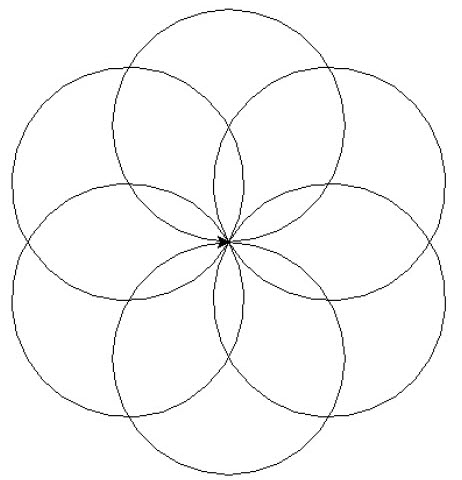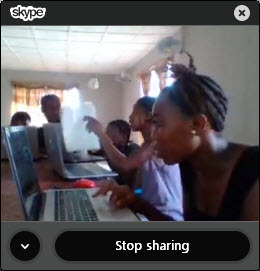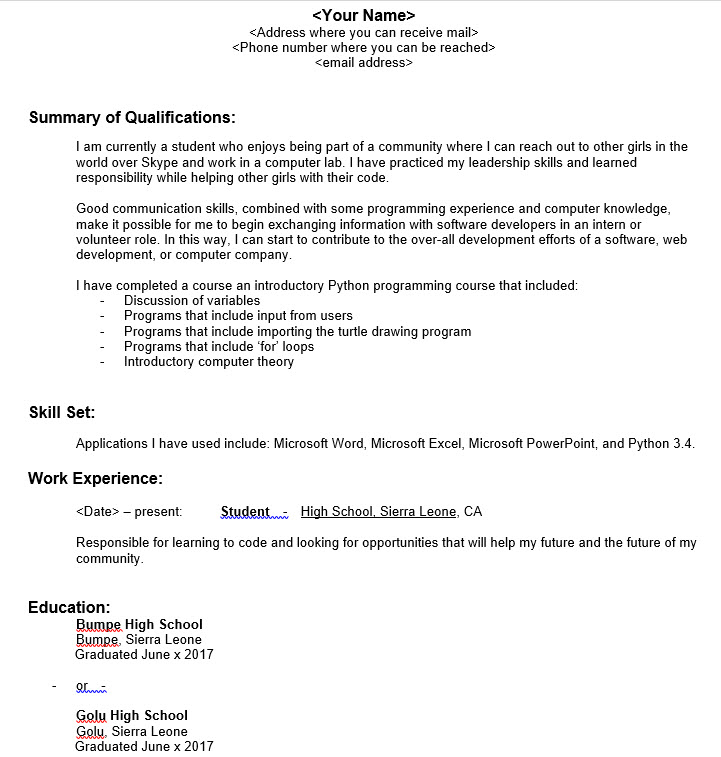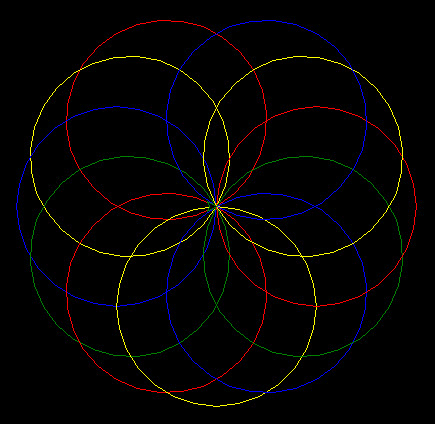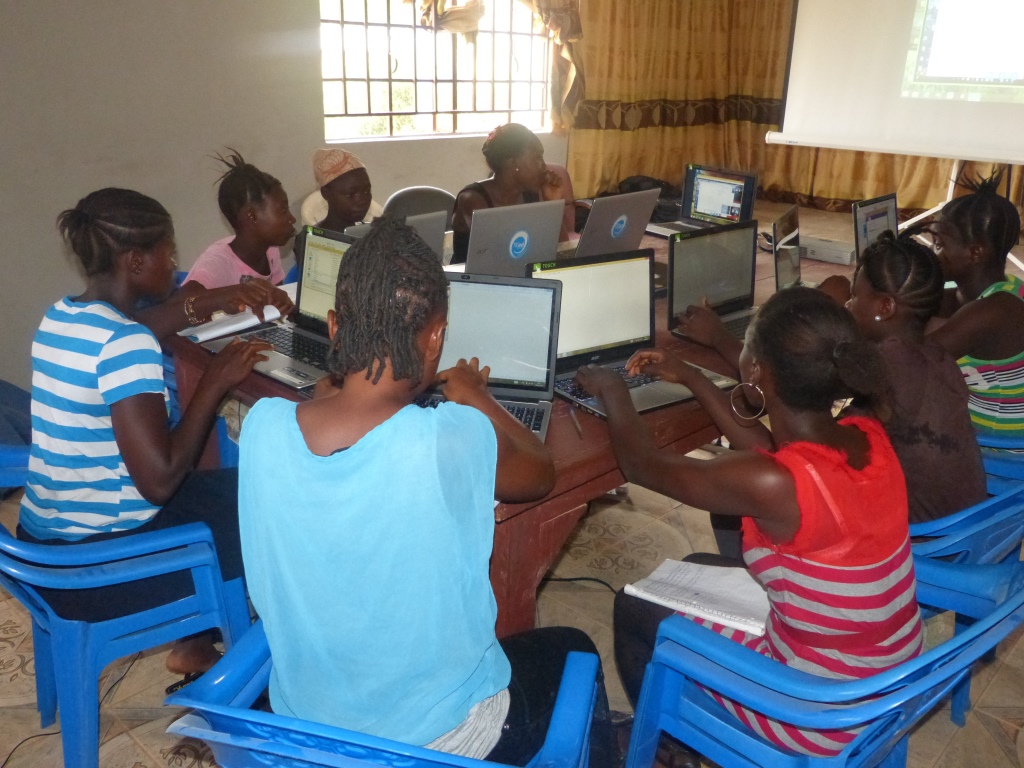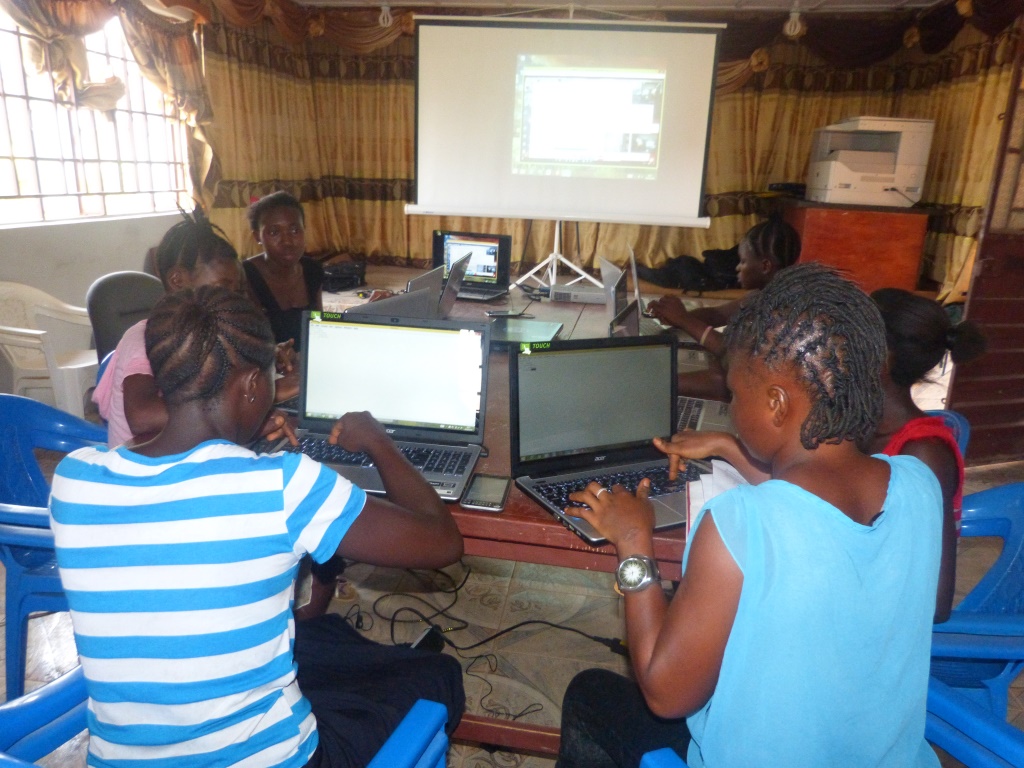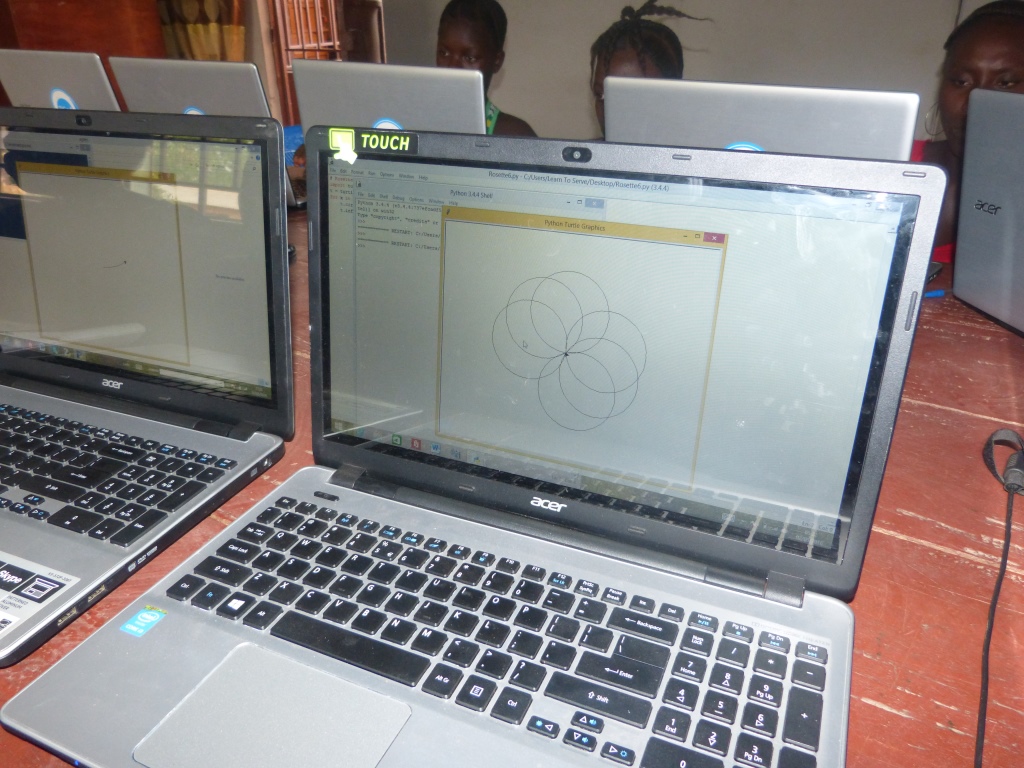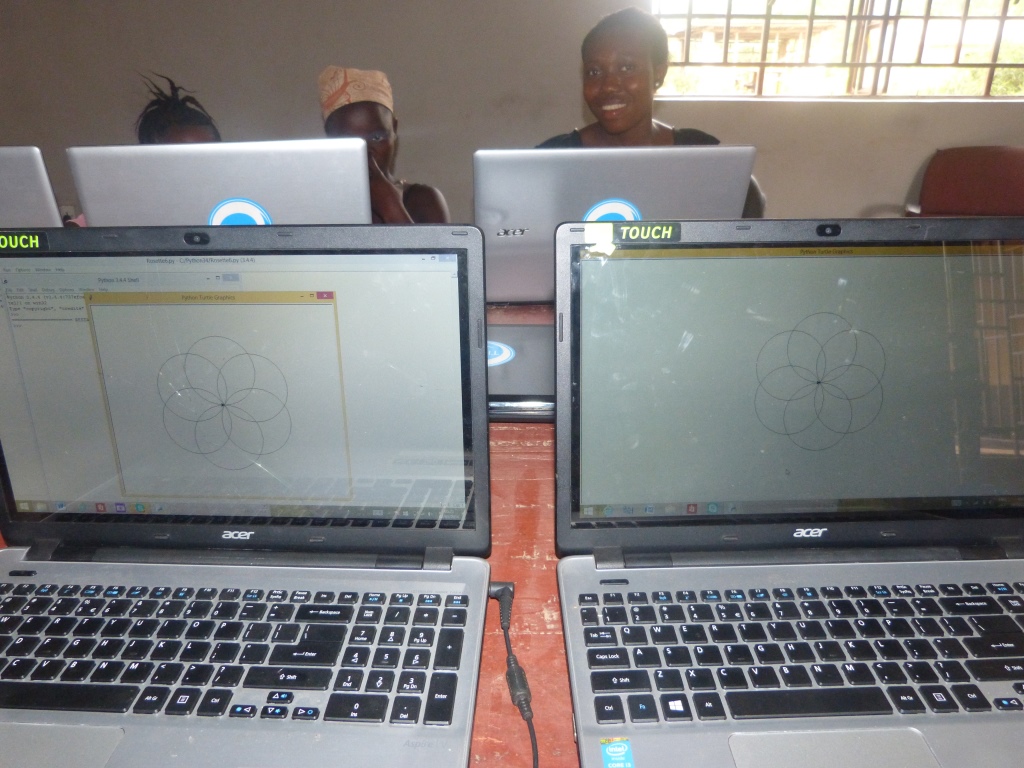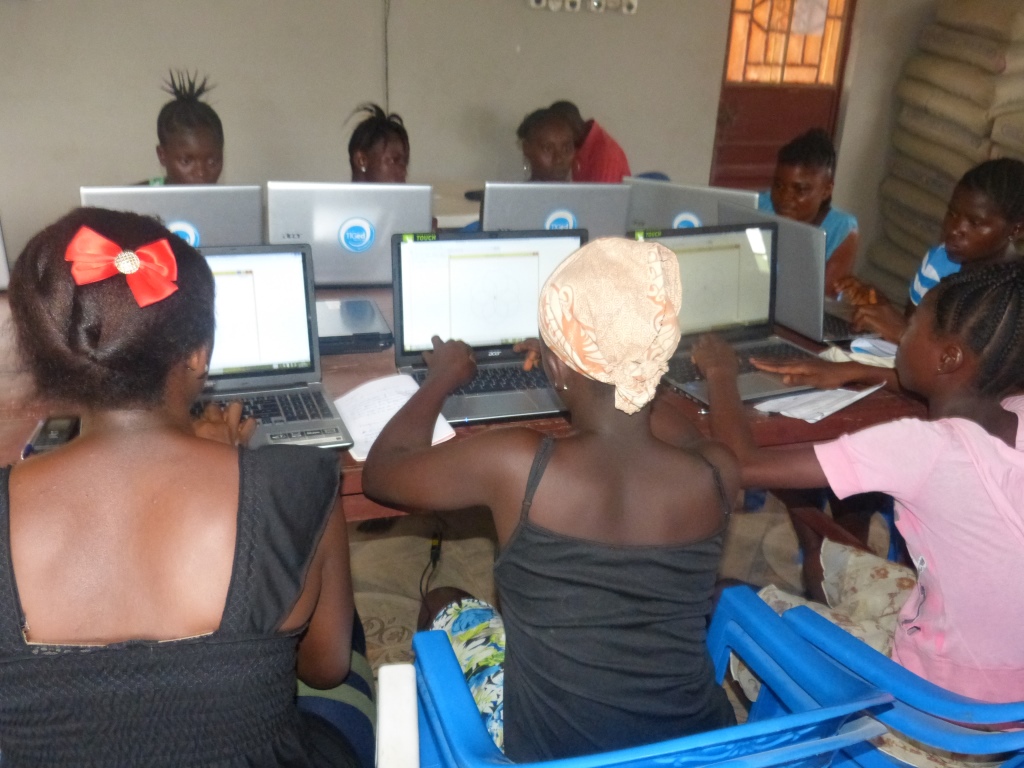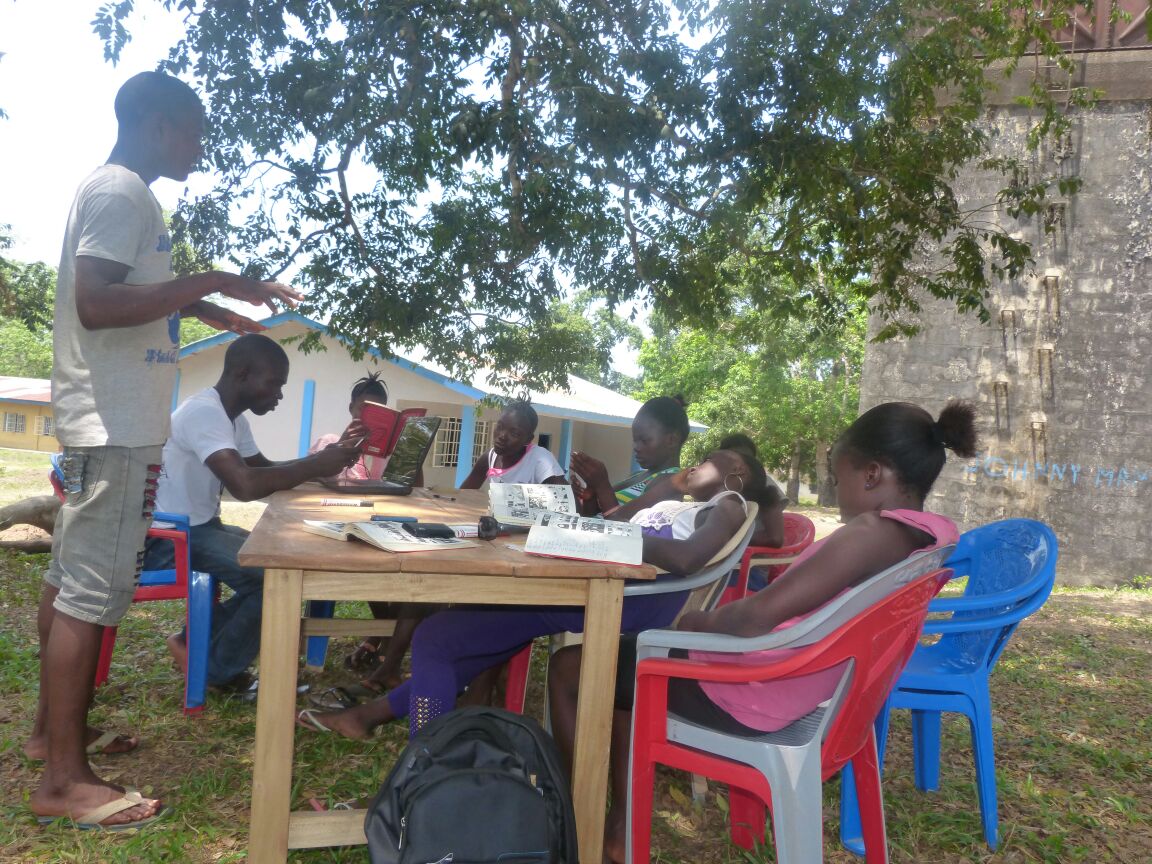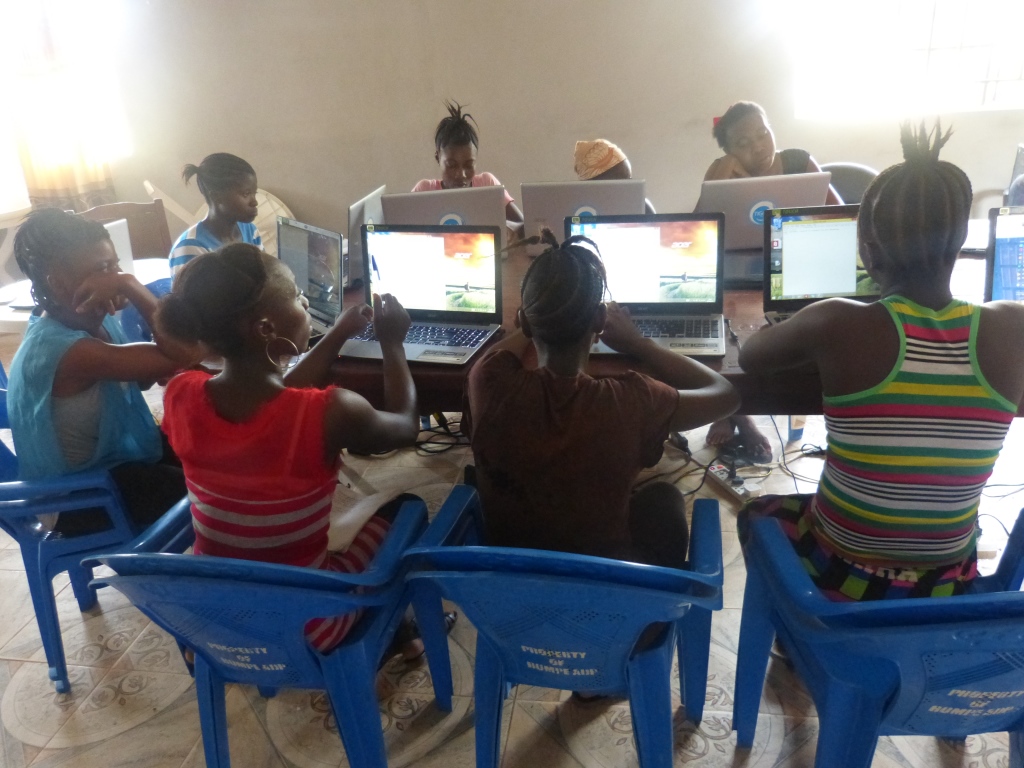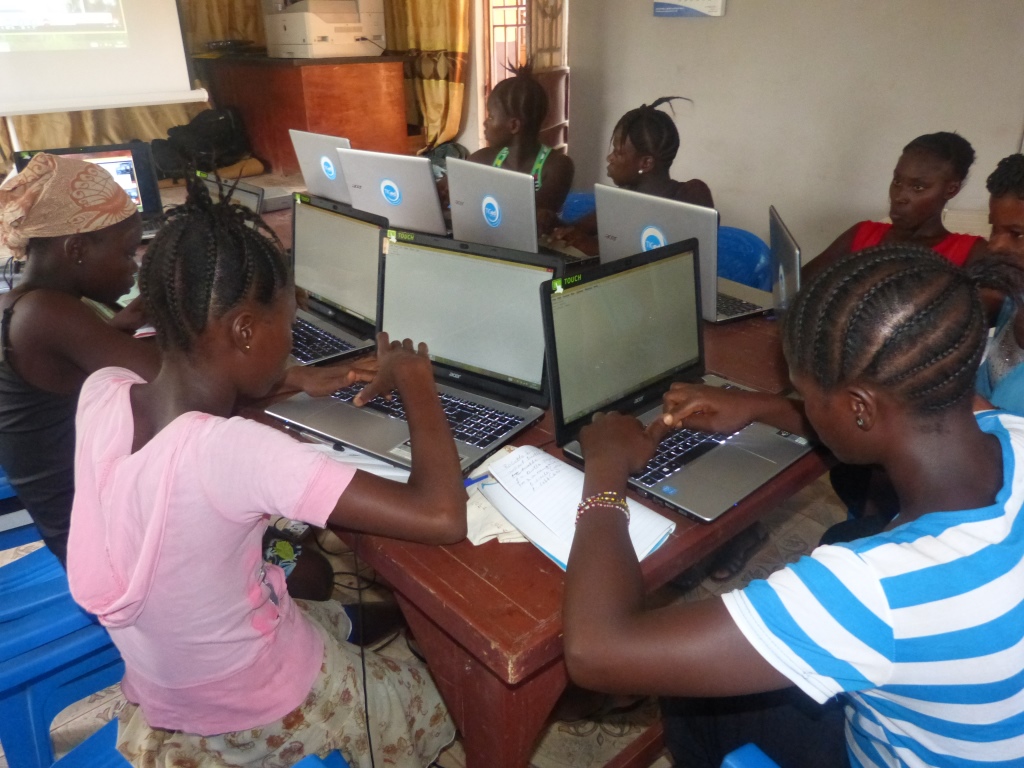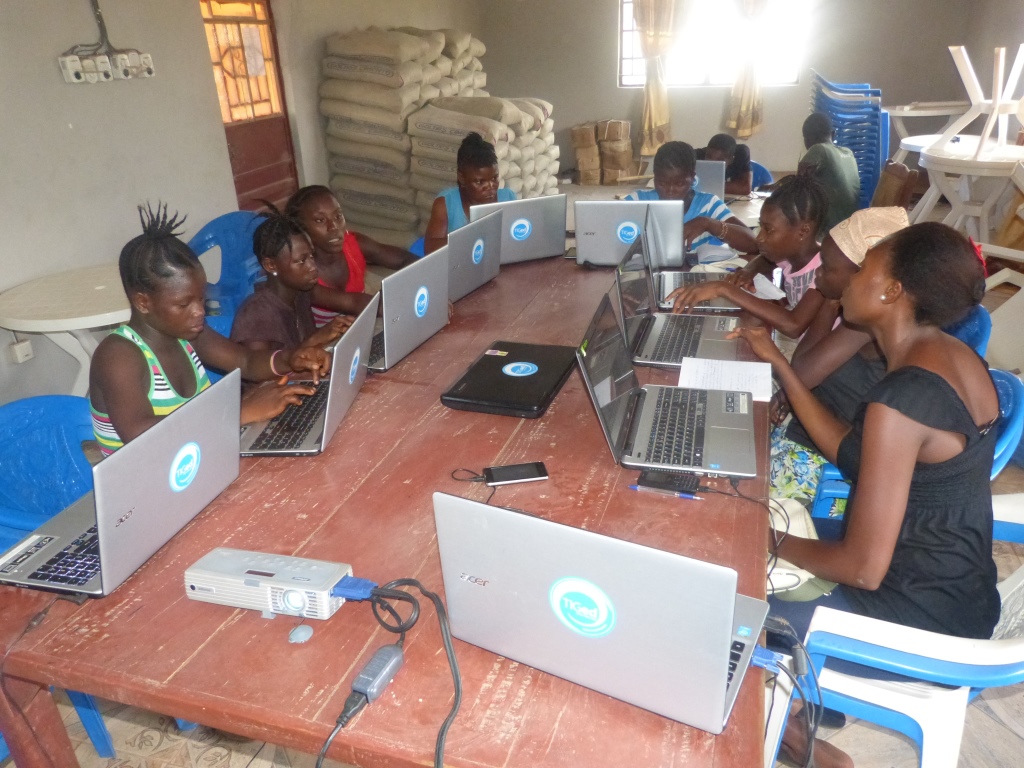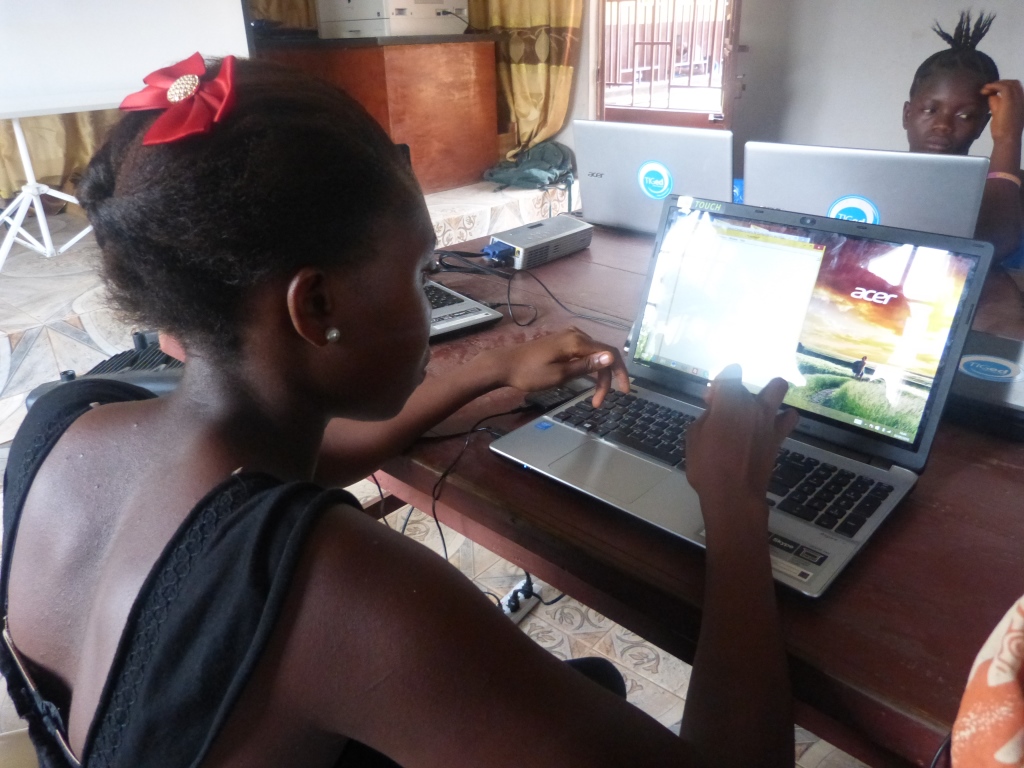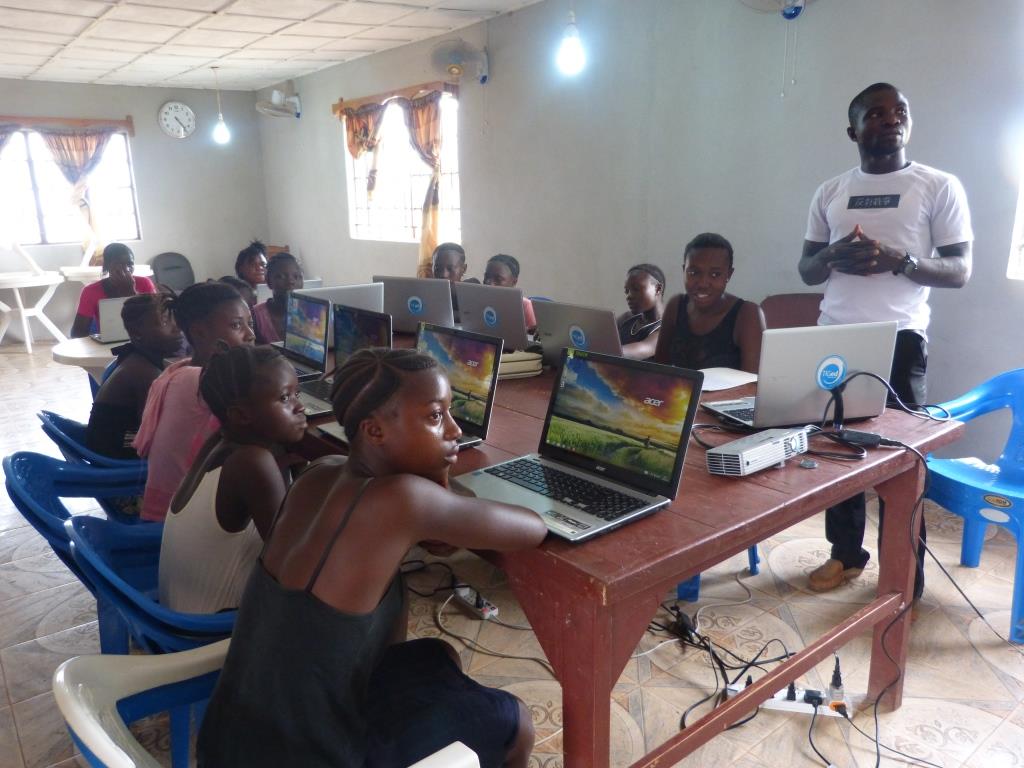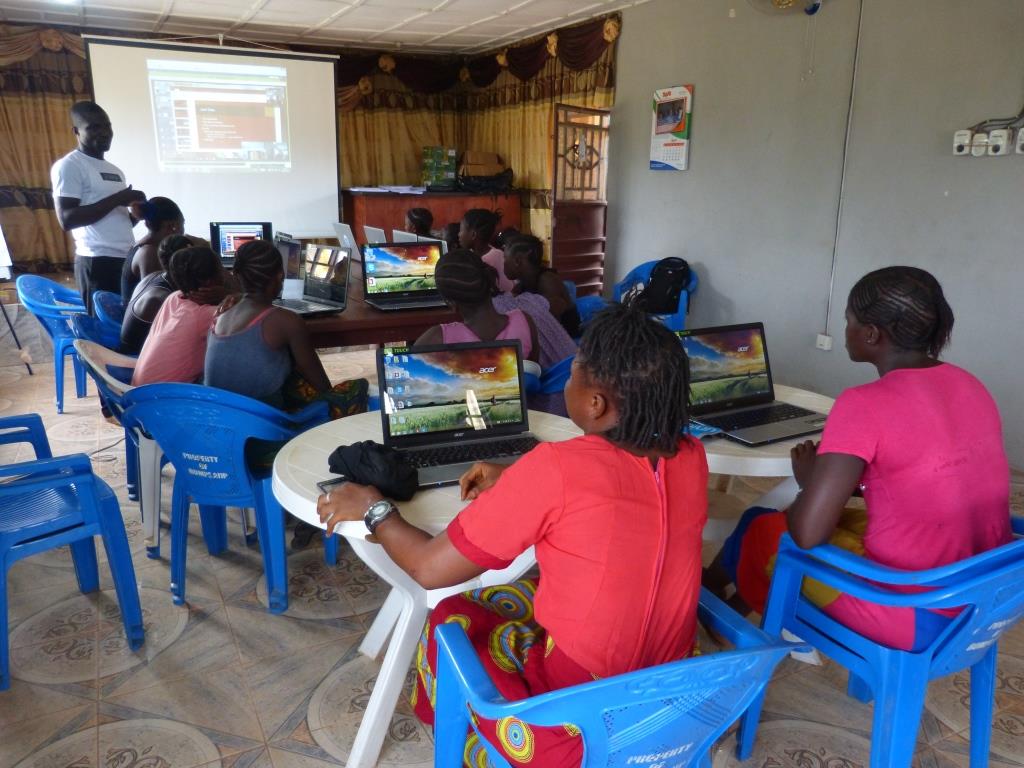Our year end review and looking back at what we accomplished in 2016.
Journal # 6 - Girls Coding Course Conclusion
“The important thing is not to stop questioning; curiosity has its own reason for existing.” – Albert Einstein
In the beginning of this program we were inspired by Toptal's women's STEM scholarship to launch a coding program in hopes of sparking an interest amongst these girls. We didn't know what to expect. It was an exploratory program for us but we wanted to see where we could go with it. The group of girls that took the coding class ended up being very engaged by the content and were a very inquisitive group. Our classes would often digress into sidebar conversations about topics outside of coding such as how the internet works, the various functions of the computer, how to build a resume and more. This ongoing dialogue turned our girls coding program into something much more than initially planned. After four weeks of classes it became evident that the girls wanted to continue learning. We started to work with local Sierra Leone tech companies to begin planning a phase 2 to this program including internships.
Below is a recap of the last two weeks of the coding class and what the girls learned.
**********************************
Lesson 6 built on our progress so far as we learned more about the computer, magnets, and the hard drive. We discussed how hard drives work by adding and removing tiny magnetic particles and created our most difficult program yet. This one asked the user for their name and then created a spiral with the name. Thanks to Francis our onsite teacher, he helped the girls with their troubleshooting and everyone had success creating their programs.
For our seventh and final lesson of this series, we started off with our usual 'pass the rock' game and then the girls worked programs that drew black and white circles. After all the girls had their programs running, we changed the background colors and number of circles that the programs drew. This was partly to get the girls ready for their next series of web classes, where variables that control page colors will be more important.
At the end of class we discussed resumes, and what we've accomplished so far. The girls now have resumes that they can present when an opportunity comes along.
Stay connected with us to learn more about the second phase of our girl's coding program.
Journal Entry #4 - Repetition leads to learning.
"Repetition is the mother of learning, the father of action, which makes it the architect of accomplishment."
- Zig Ziglar
We're so proud of the girls and their continued effort to learn coding. It's not exactly like coding is for everyone. When we started off down this road we really didn't know what to expect. Would they enjoy the subject matter? Would they understand it? Where will this lead us and them? All questions that we're starting to get answers to as the weeks pass us by.
At the beginning of this class we built a learning to code basic 101 curriculum that we planned on following throughout the 7 weeks. However, what we've quickly learned is that when launching a program like this, in an environment where the children are not raised around technology from a young age, a lot of what we might find intuitive is not for them. The learning curve is higher than we planned but that's ok. It's important that they absorb and retain the information. So we've slowed down our lessons and added in more detail around computers and the internet in general. As questions come up we take time to address them and make sure everyone understands before moving forward. What we've found is that repetition is the best way for them to learn. This is an extra curriculum course so we're not bound to a strict timeline and have plans to extend our course to make sure we can get all of the course content in.
Over 50% of the girls have expressed a real interest in the subject of coding and would like to continue learning. This makes us very happy to hear! Not only that, we have people reaching out to us from other parts of the world that have heard about what we're doing and asking for us to help setup a similar coding course. The response to this program has been positive and better than expected!
So what's next........
As we continue to work on coding lessons we're also working with local Sierra Leone Tech companies to build out internship opportunities for these girls to work on real coding projects. Stay connected with us for more information to follow as we build out this phase of the program. We hope to expand our course curriculum to include web development and mobile app development since these are two skills that will give them the best opportunity to obtain paid work.
Week 4 Class Summary
This week during coding class, we talked briefly about the Internet and how computers are linked together by phone lines and satellites. The girls ran their 4th program today, after reviewing their troubleshooting skills from last week. After the programs were running, the girls practiced typing key phrases that we've learned in class.
Coding Class Journal Entry #2 - The Future of Sierra Leone
"Knowledge is power. Information is liberating. Education is the premise of progress, in every society, in every family."
- Kofi Annan
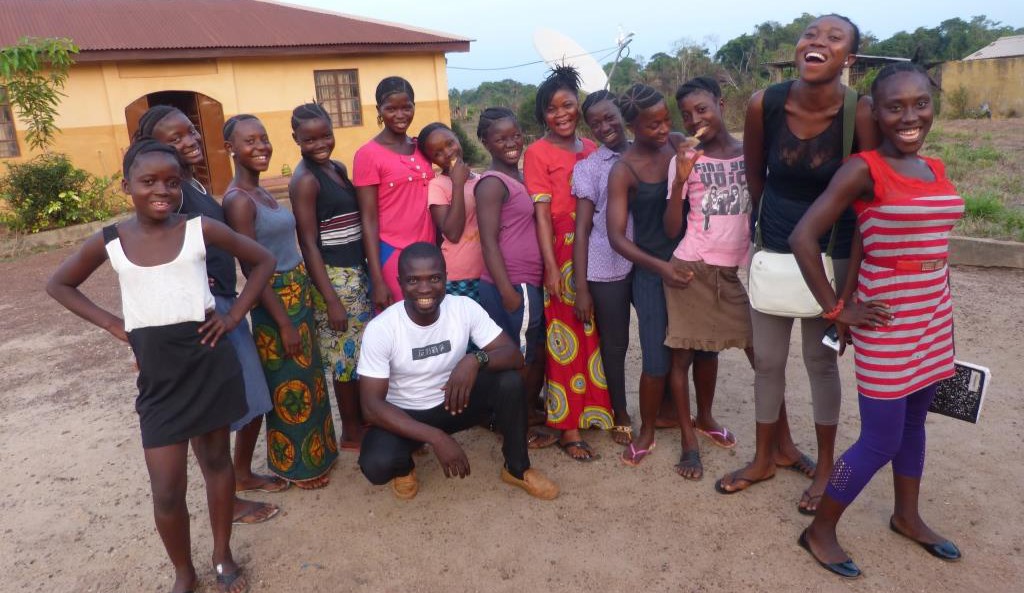
Some people have challenged TVL and asked us why we are running a coding course in such a rural part of the world when there are other forms of development that may be more in immediate demand, such as more medical supplies or providing skilled medical personnel. Non of these needs are mutually exclusive of one another and all are very important. I wanted to provide some background on why TVL is running this program and why we believe it is important work.
There is certainly no shortage of challenges in Sierra Leone and we could try to tackle other problem areas but TVL's foundation is in education and entrepreneurship. The Village Link started years ago because a close friend from the village of Golu asked for help. He wanted the children in his village to have access to better education. These children are the future of Sierra Leone and Sierra Leone won't move forward if all we do is offer handouts and bandaid solutions. As an outside nonprofit we strive to provide the communities we work in with the necessary tools and opportunities to build up their own economy and solve their own community challenges. Our role is to facilitate educational opportunities so they can gain different experiences and exposure to new subject matter, train locals to run and operate the community resource centers, help set up revenue channels so the center can eventually become self sustaining, community owned and operated. With every program we run we always make an effort to seek local experts, partners and businesses to support the local economy. The programs we run end up being driven majority by a group of locals with TVL assisting from a distance.
This coding course provides the girls the chance to learn a highly desirable, global skill set that could set them a part from others. We don't expect them all to love coding or choose this as a career path. But, how will they know if they want to do this or not without given the opportunity to explore something new? We live in a digital age where it has become a necessity to have a basic understanding of digital literacy. These girls have already taken part in a variety of digital literacy courses and now they are moving on to learn the language of coding. We don't know where this course will lead them in their lives but it's worth giving them the opportunity and exposure so they can see where it might take them.
Week 2 – Class Summary
On 4/18, the girls from Bumpe and Golu started their second adventure into the world of coding with lesson 2.
After discussing the programs we worked on last week and reviewing parts of the computer, the girls each wrote a new program that draws a square spiral. This program included the 'import' command and a 'loop'. These are programming concepts that are common in every programming language.
We also discussed how to type like a professional and how to reach each key easily.
Next week we will work on how to find errors and troubleshoot your program.



